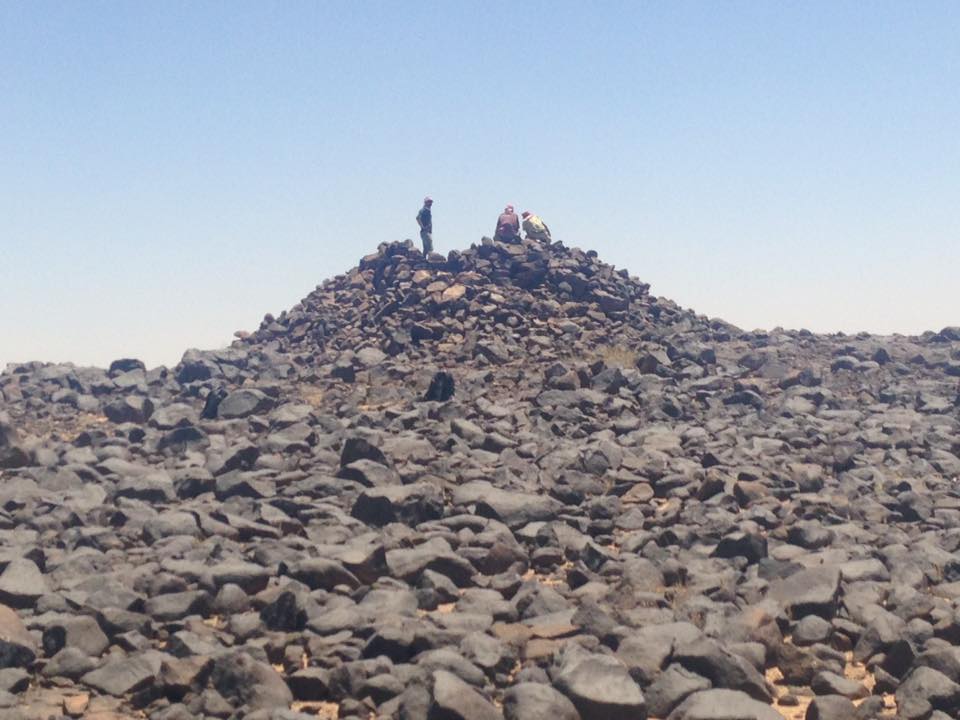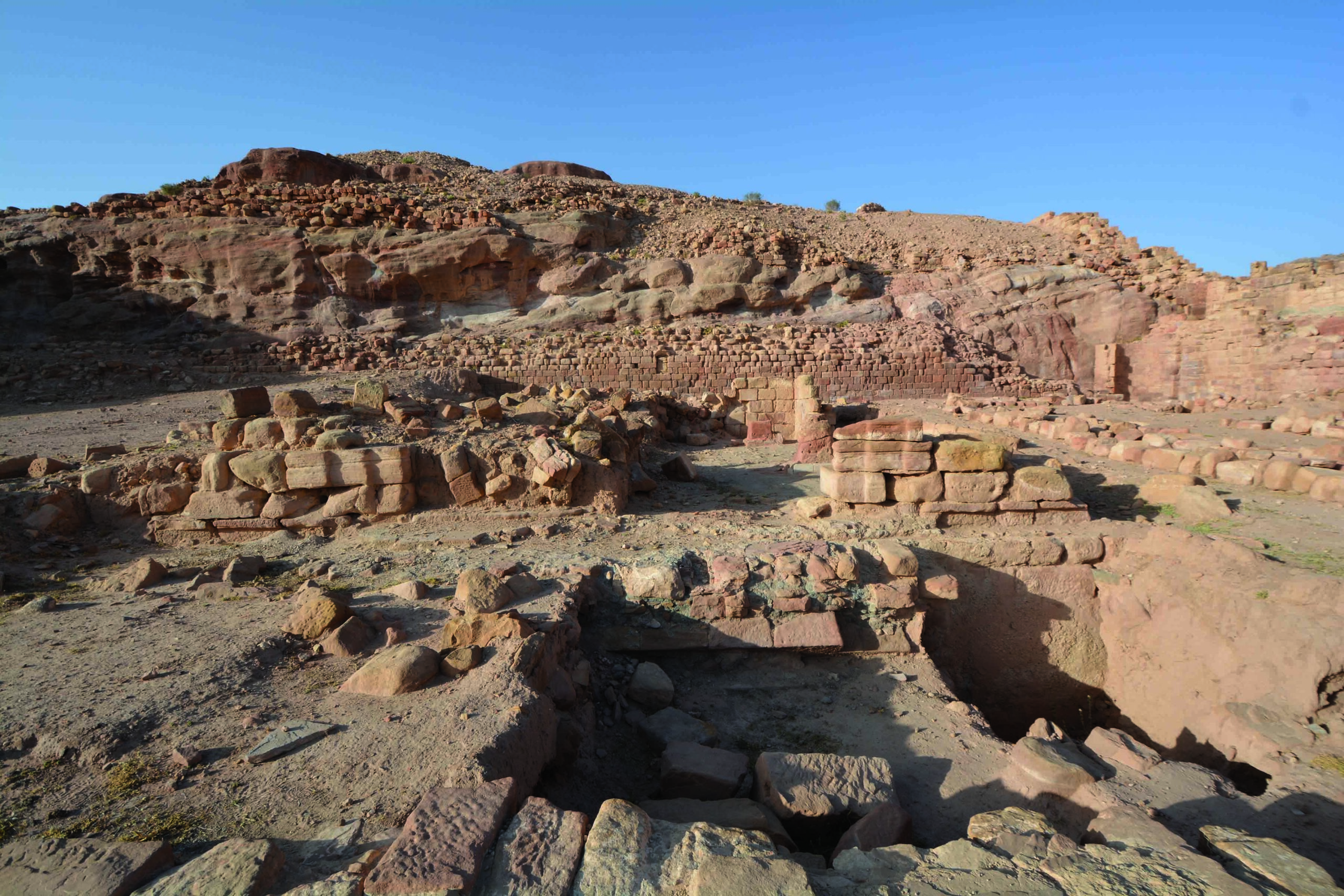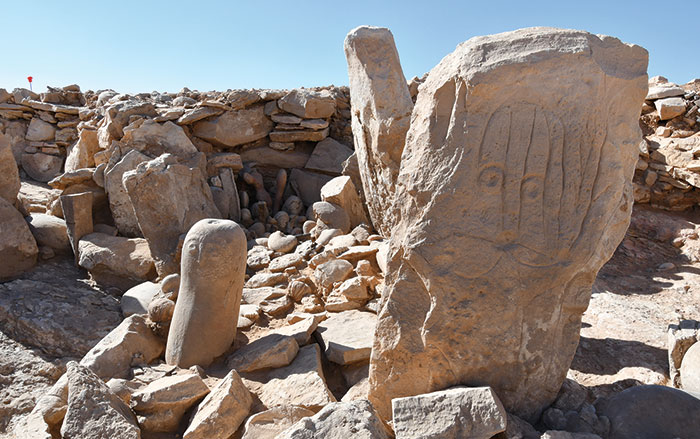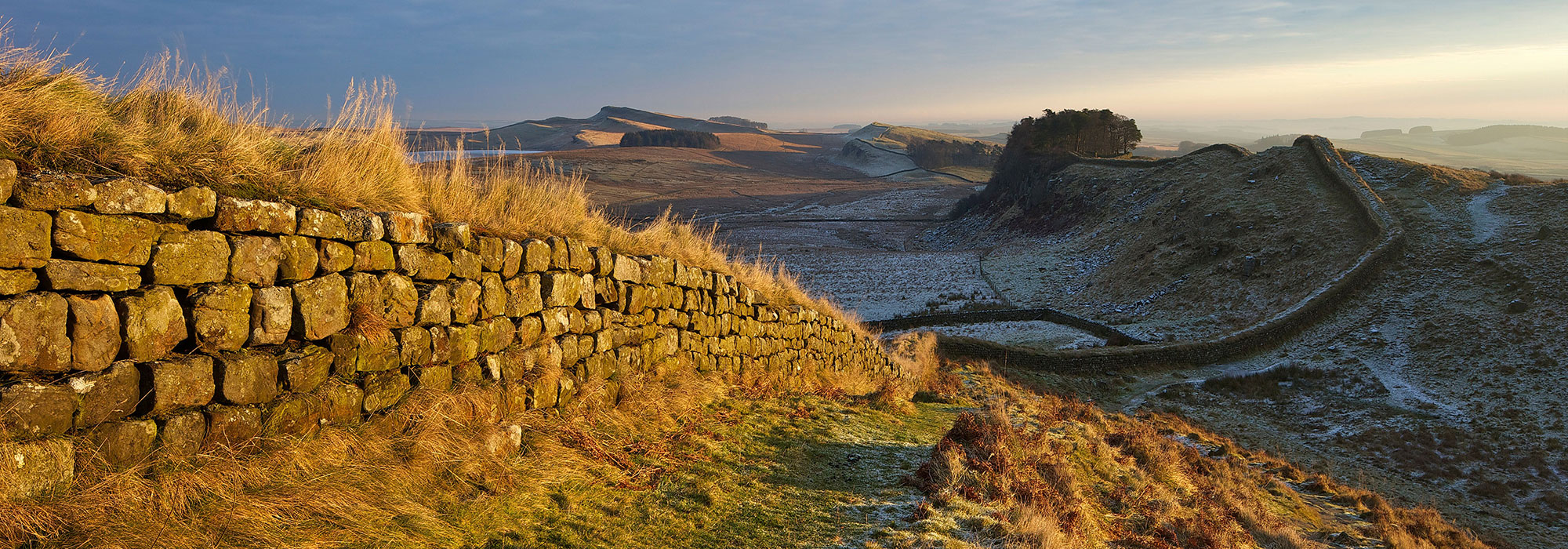
LEIDEN, THE NETHERLANDS—Live Science reports that hundreds of looted tombs marked by cairns and taller stone towers, located on the high plateaus and the summits of basalt hills in Jordan’s Jebel Qurma desert, are being surveyed by a team led by Peter Akkermans and Merel Brüning of Leiden University. Some of the stones used to construct the tower tombs, which can stand five feet tall and measure 16 feet in diameter, weigh an estimated 660 pounds. The oldest structures date back 8,000 years. The people buried in the tombs are thought to have lived nearby in valleys and on lower ground. Evidence of human occupation disappears for the period beginning about 4,000 years ago, an absence that lasted for about 1,000 years. Akkermans said it may be that the members of the Jebel Qurma Archaeological Landscape Project just haven’t found the remains of the people and their settlements for that time frame, or the people may have left the area and returned 1,000 years later, due to conditions in the region. “Research into local environmental and climatic conditions is certainly one of my aims for further research in the desert of Jebel Qurma,” Akkermans said. To read more about archaeology in the region, go to "Neolithic FaceTime."










